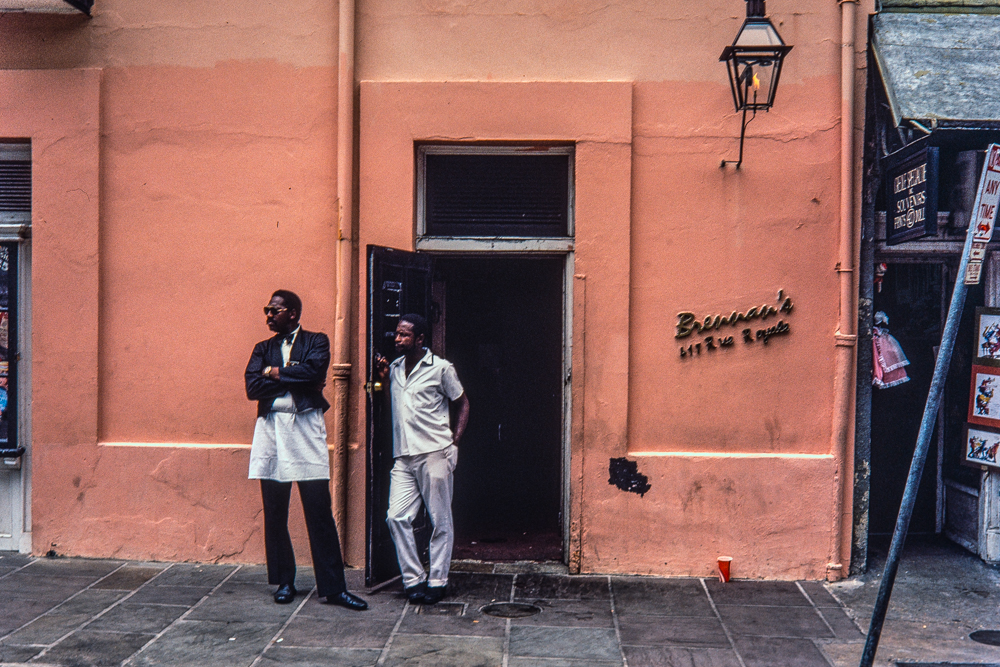Gone, but not forgotten.
The Big Yellow God. Thus was Kodak known in the 1970s because you mailed your exposed Kodachrome slide film in a yellow mailer to Rochester, NY and time and the USPS permitting, you would get your slides back, beautifully mounted in 2″x2″ cardboard, in a yellow box, in a couple of weeks.
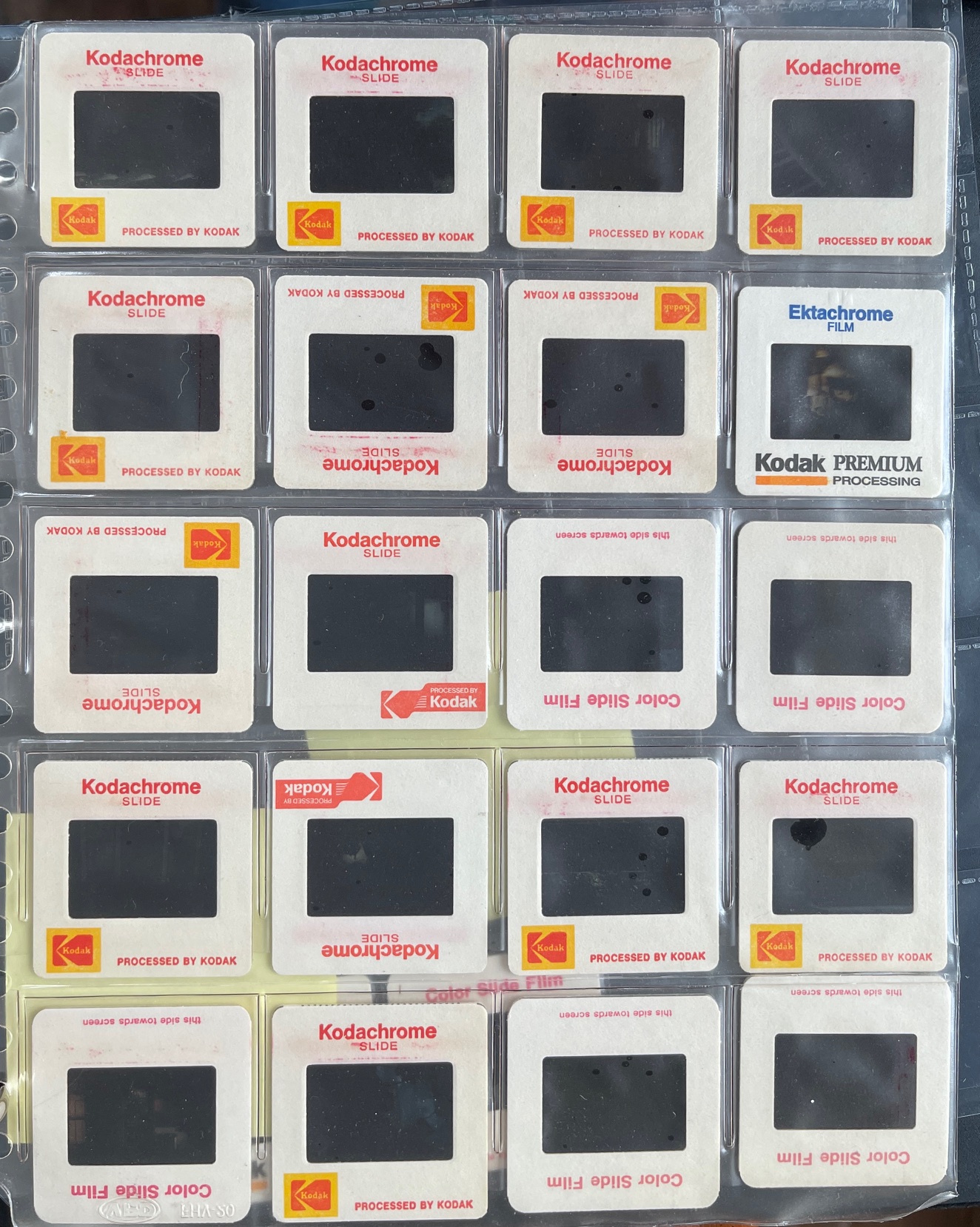
The Ektachrome outlier was their 160ASA/ISO speed demon!
In 1970 Kodak lost a trust busting suit which allowed only the BYG to process Kodachrome and the floodgates opened to independent processing shops who could afford the costly gear and crack the 17-step process, which included a couple of re-exposure steps to effect reversal of the image. Consonant with that old economic adage that “All control drives up price” prices crashed and Kodachrome became the most popular film on the planet. That explains the above slides lacking the Kodak imprimatur on the cardboard mount. They were processed by indie shops which had a faster turnaround.
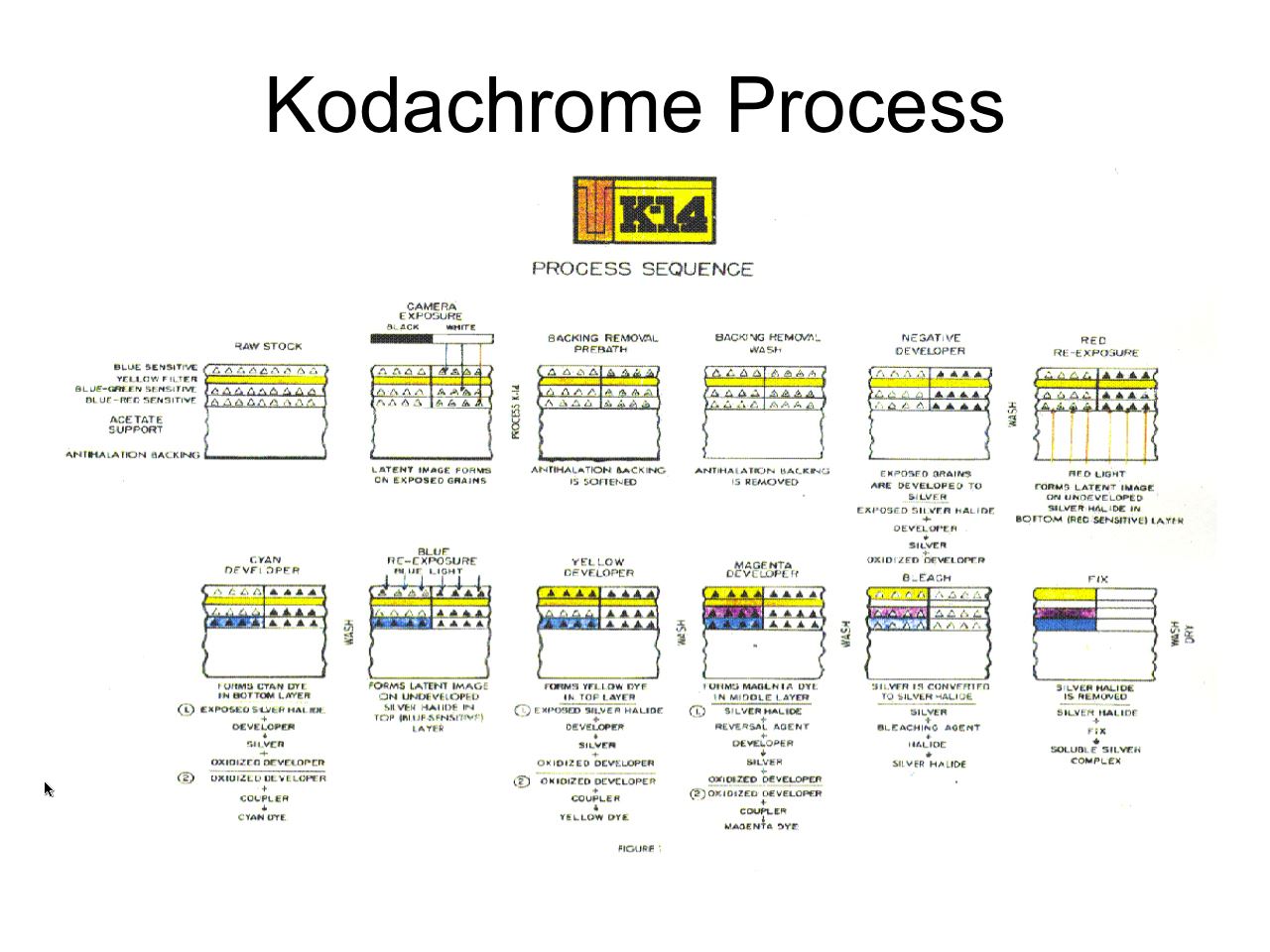
The Kodachrome process.
While my color snapping had seen but one roll of Kodachrome exposed in Paris along with one of grain crazy Ansco/GAF’s 500, I no longer had a darkroom after taking my last TriX monochrome image and, quite frankly, I was bored to death with black and white. So why not the best? I loaded up my Leica with Kodachrome 64 (I considered the 25 ASA alternative too slow) and had at it. This was in November, 1977.
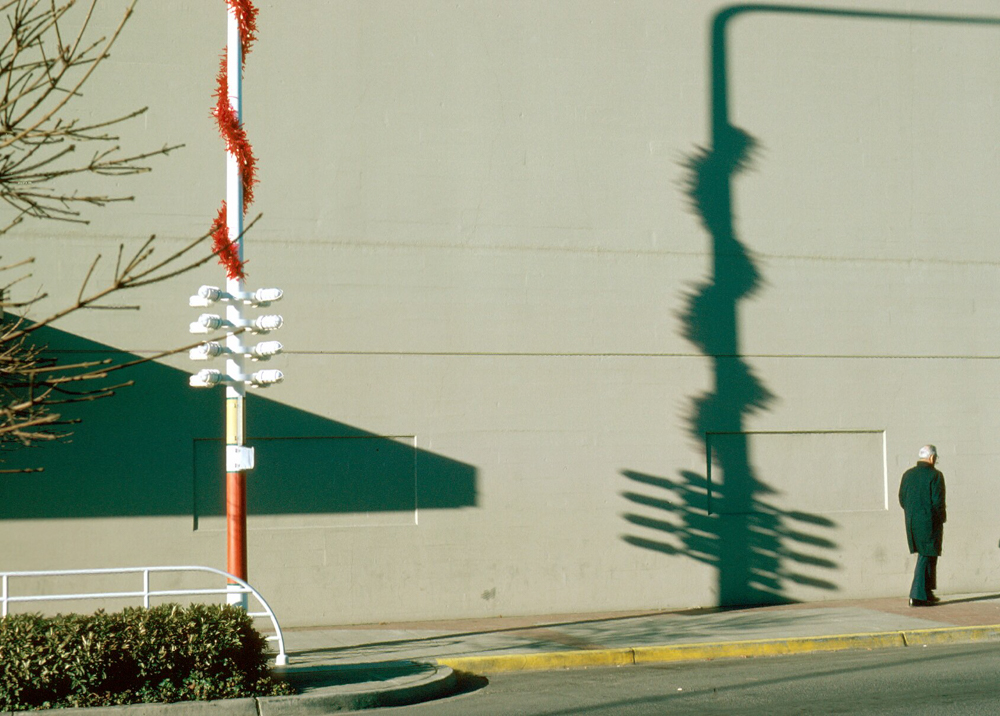
My first color image in the US. November, 1977, Anchorage, AK.
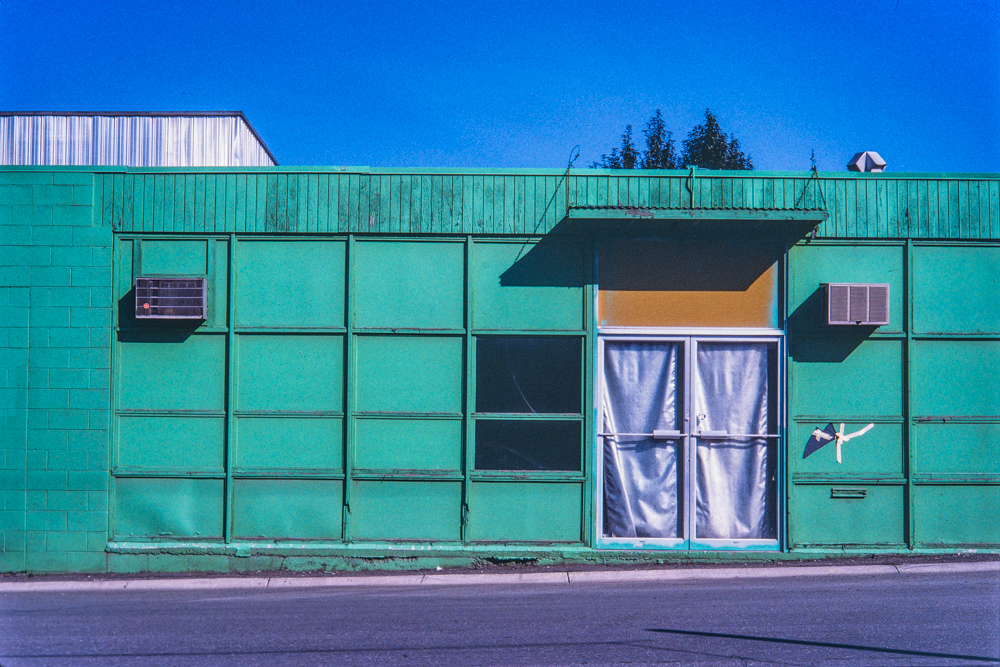
Indie Kodak processing lab, Anchorage.
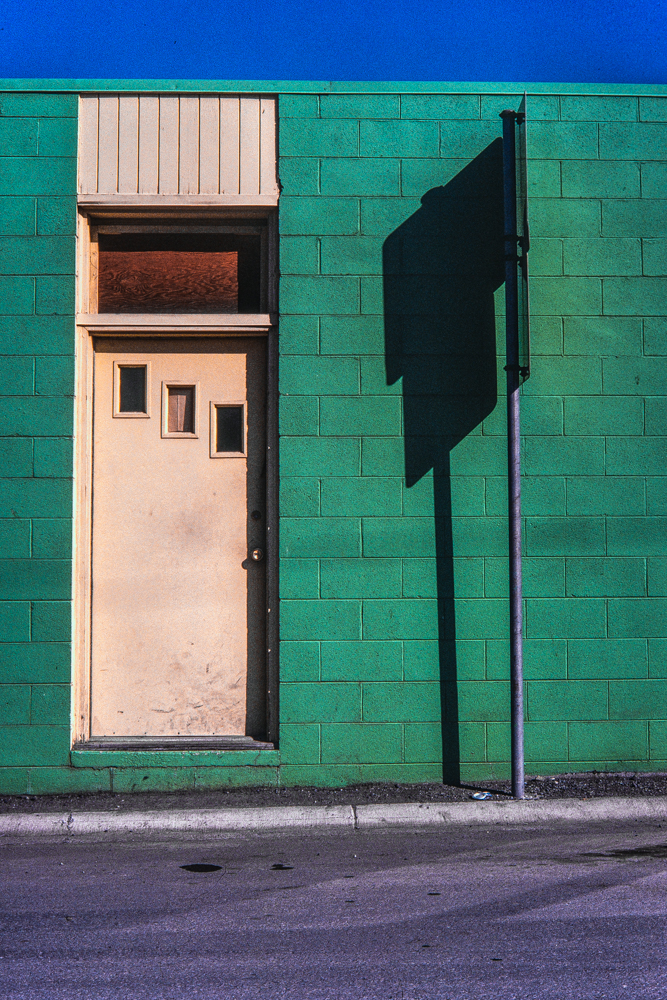
Harsh and high contrast.
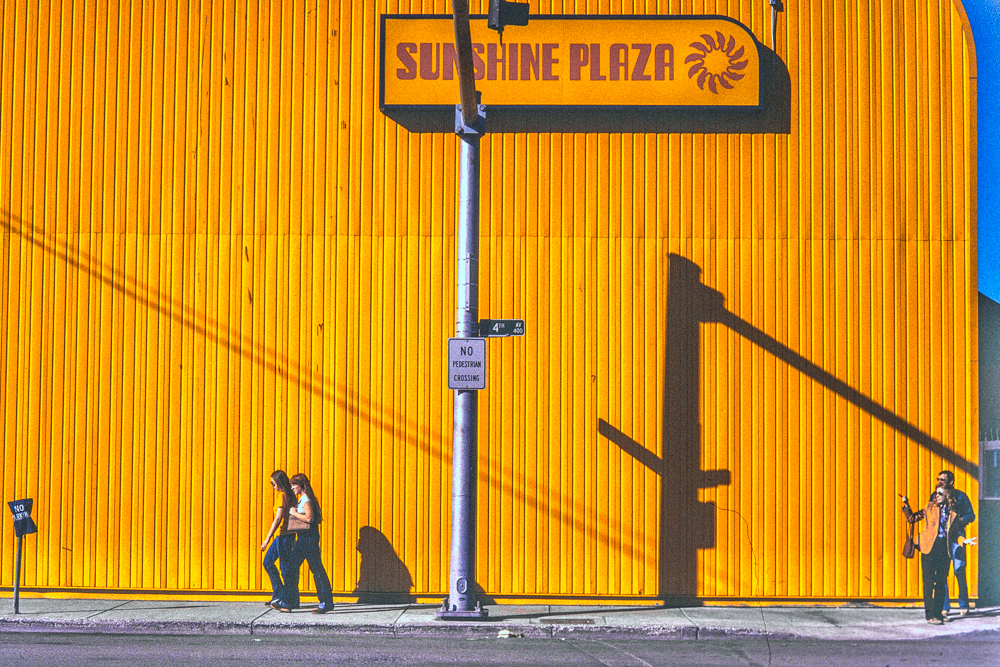
Kodachrome yellows and reds were to die for.

On the Natchez, Mississippi River, New Orleans.
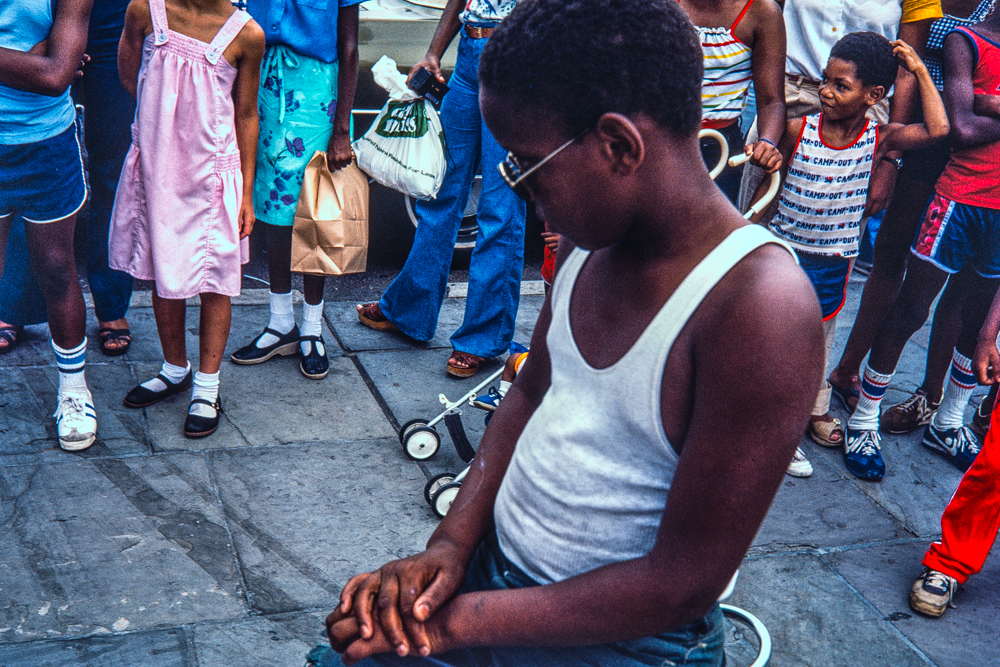
Bourbon Street, New Orleans.
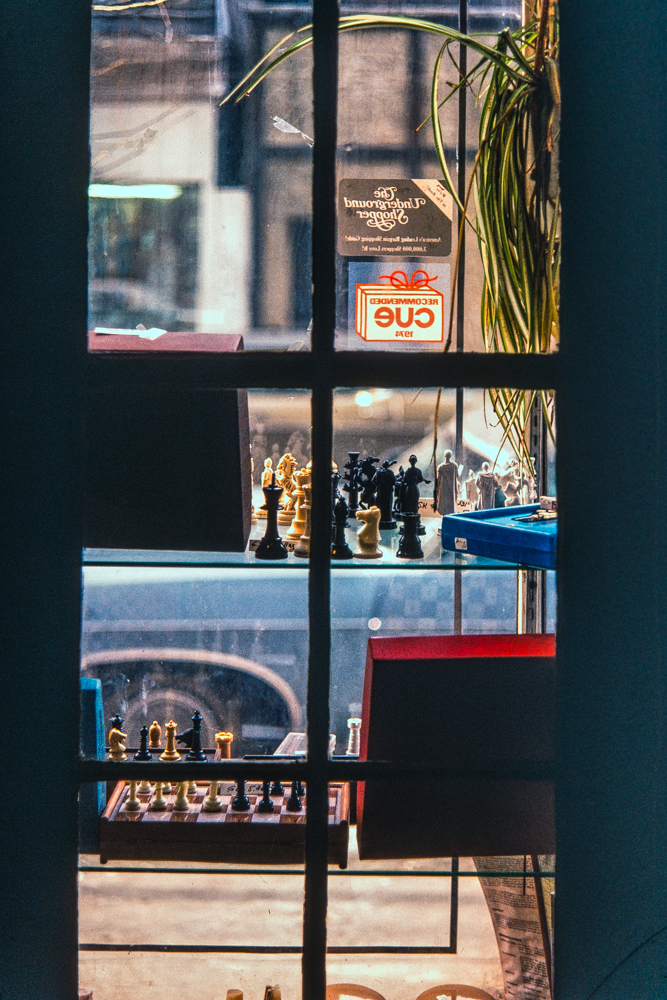
New Orleans.
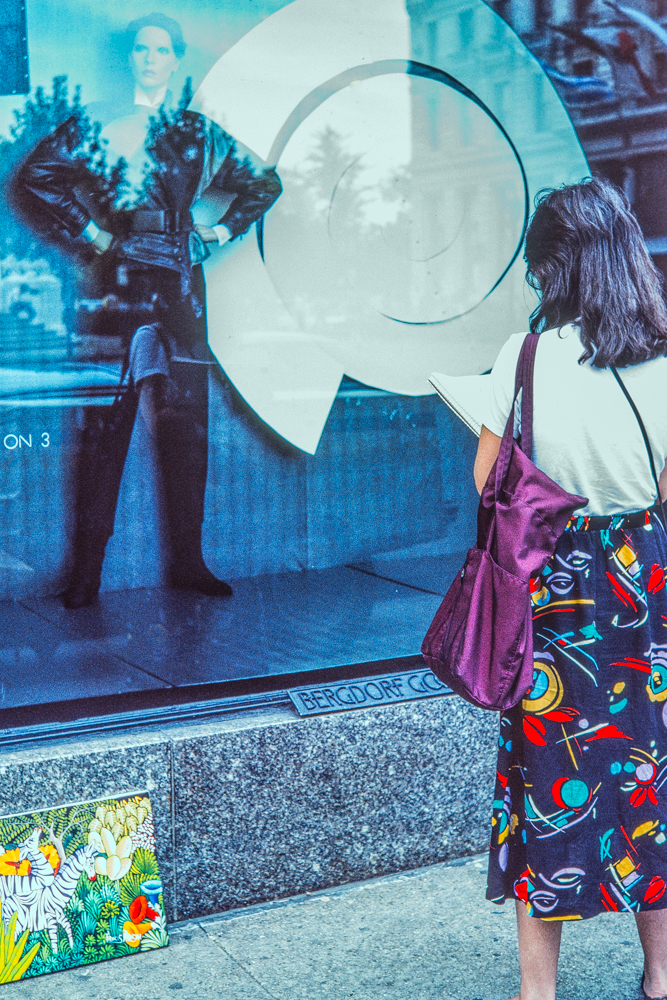
Bergdorf’s, NYC.
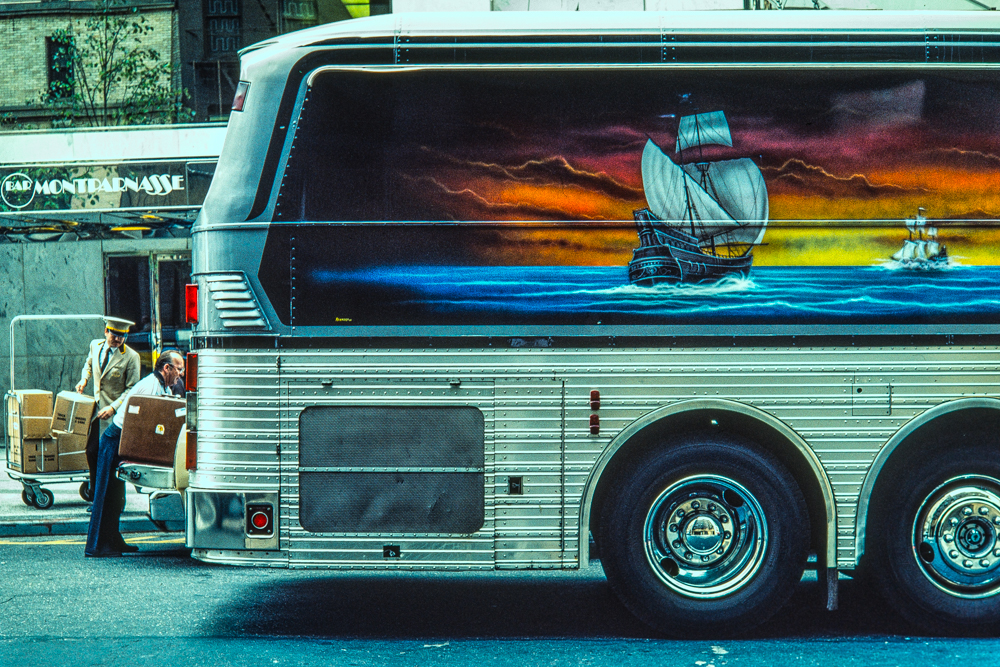
NYC.
Kodachrome was a very contrasty film with unique rendering of yellows and reds. It was not especially fine grained, as these ultra-high resolution scans from my Nikon D800 disclose. At ISO 100 on the D800’s monster 36mp sensor there is zero digital ‘grain’. You only see what was stored on the film itself. No matter. They print just fine.
Leica M3 and Leicaflex SL, 50mm Summicron, Kodachrome 64, ‘scanned’ on the Nikon D800.
